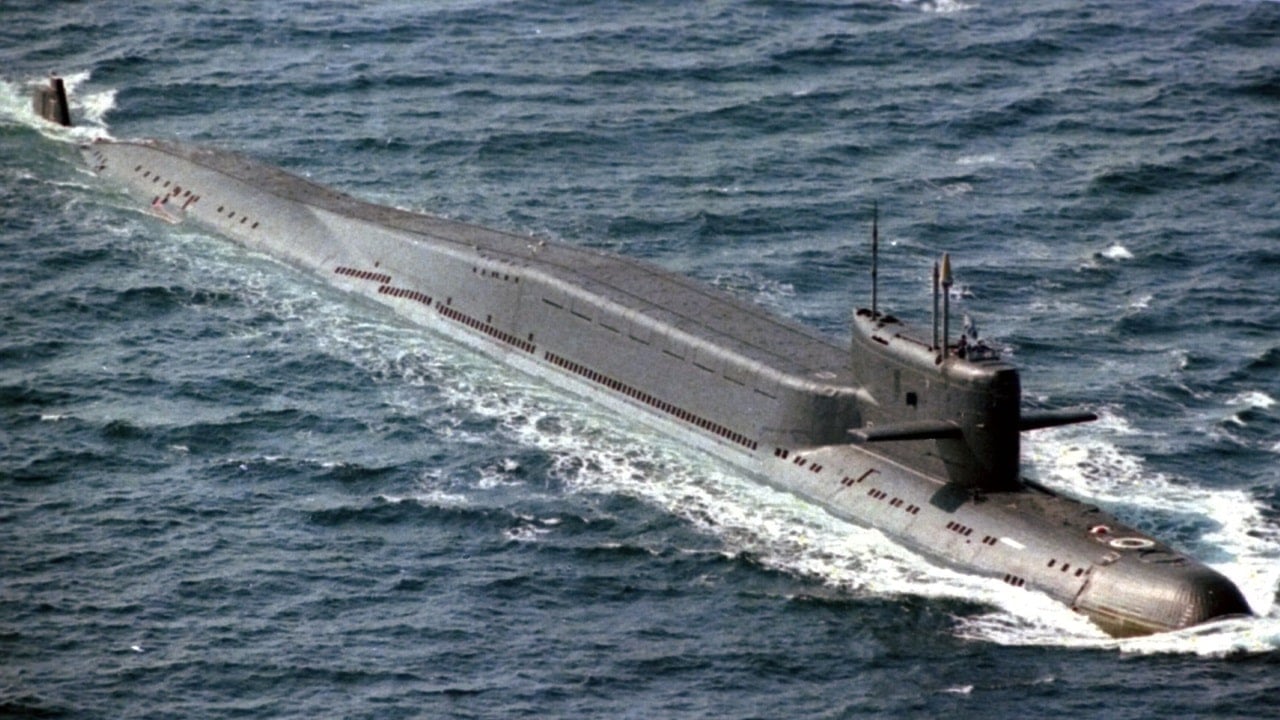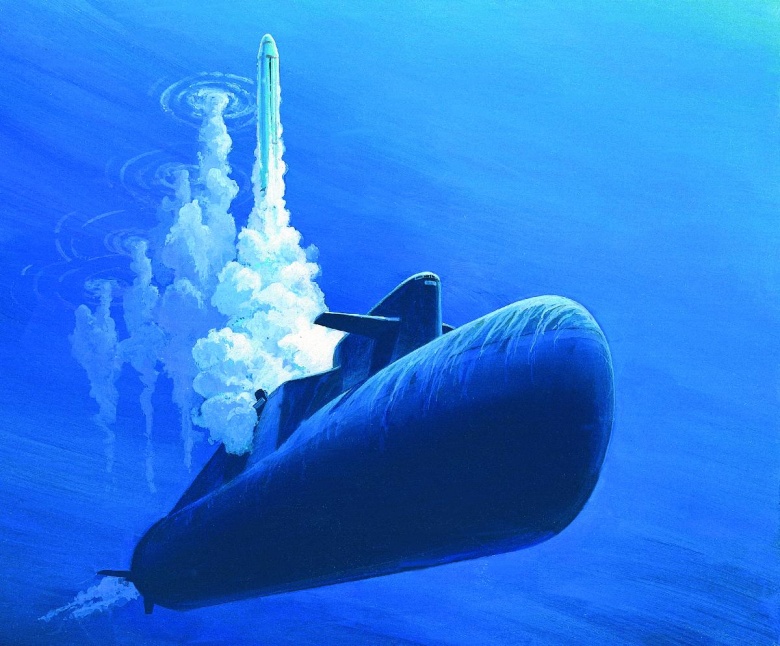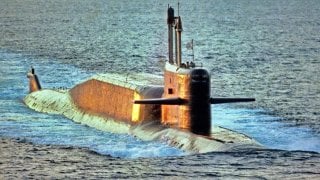Russia's Delta IV-Class Missile Submarine Had One Mission Only
Designed to strike military and industrial installations and naval bases alike, the Delta IV-Class subs were initially armed to the teeth. Each ship was equipped with the R-29M missiles, which are referred to by the START nuclear arms treaty as the RSM-54.
Delta IV-Class Submarine - The Ultimate Guide: For over five decades, the Delta-class submarines have remained an integral part of the Soviet and Russian strategic submarine fleet. Their mission was to deter U.S. actions or launch a nuclear attack that could kill billions of people in minutes.
Development of the USSR’s 667BDRM Delfin-class, classified by the West as the Delta IV, began in the mid-1970s. These nuclear-powered ballistic missile submarines could carry some of Moscow’s most lethal weapons, including the R-29 Vyosta family, the R-29/SS-N-8 Sawfly, the R-29R/SS-N-18 Stingray and R-29RM/SS-N-23. The Typhoon-class ships later replaced the earlier Delta boats.
However, a few Delta III and Delta IV submarines were retained by the Russian Navy.
A brief overview of the Delta-class
During the Cold War, the Soviets prioritized developing a submarine platform capable of threatening targets in North America without their launch platforms needing to pass certain sensors in the GIUK gap to be within range.
By the early 1970’s, the first Delta I was commissioned into the Soviet Northern Fleet. A total of 18 ships in this class were constructed overall. Over the years, several enhanced variants were introduced so that the class could retain an edge over competitors.
Introducing the Delta IV-Class variant
Seven Delta IV-class submarines were constructed for the Soviet Navy to elevate the service’s underwater prowess. These ships were constructed between 1985 and 1992 by the Sevmashpredpriyatiye Production Association in Severodvinsk.
These ships are essentially a further modification of the Delta III, with a longer bow section and increased diameter pressure hull. When the Delta IV variants were being constructed, the Soviet’s Typhoon-class was being developed simultaneously in case those boats underperformed.
Designed to strike military and industrial installations and naval bases alike, the Delta IV-Class subs were initially armed to the teeth. Each ship was equipped with the R-29M missiles, which are referred to by the START nuclear arms treaty as the RSM-54.
As detailed by Military Today, “It is a three-stage liquid-propellant ballistic missile with a maximum range of 8 300 km. The warhead consists of 4 Multiple Independently Targeted Reentry Vehicles (MIRVs), each rated at 200 kT, or 10 MIRVs, rated at 100 kT. The missile used Astro-inertial guidance and had a CEP of 550 m. Later the R-29RM missiles were replaced by improved R-29RMU2 Sineva missiles. Currently these boats carry further improved R-29RMU2.1 Layner missiles.”
The Delta IV submarines have an operational diving depth of roughly 1,000 feet and a maximum depth of 1,300 feet. Two VM-4 pressure water reactors rated at 180 MW and featuring two turbines of type GT3A-365 help power the boats, which can travel at a top speed of 24 knots submerged.

This sub-variants' Shuz navigation system is also quite advanced. Each ship in this series is fitted with the Skat-VDRM hydroacoustic system in addition to a number of anti-hydroacoustic devices.
While the earlier Delta submarines and their Typhoon counterparts are set to be replaced by the upcoming Borei line of strategic bombers, the Delta IV ships will remain in service indefinitely. Considering the fire power capability of these submarines, Moscow is in no rush to get rid of them so quickly.

About the Author: Maya Carlin
Maya Carlin, National Security Writer with The National Interest, is an analyst with the Center for Security Policy and a former Anna Sobol Levy Fellow at IDC Herzliya in Israel. She has by-lines in many publications, including The National Interest, Jerusalem Post, and Times of Israel. You can follow her on Twitter: @MayaCarlin.
All images are Creative Commons.


